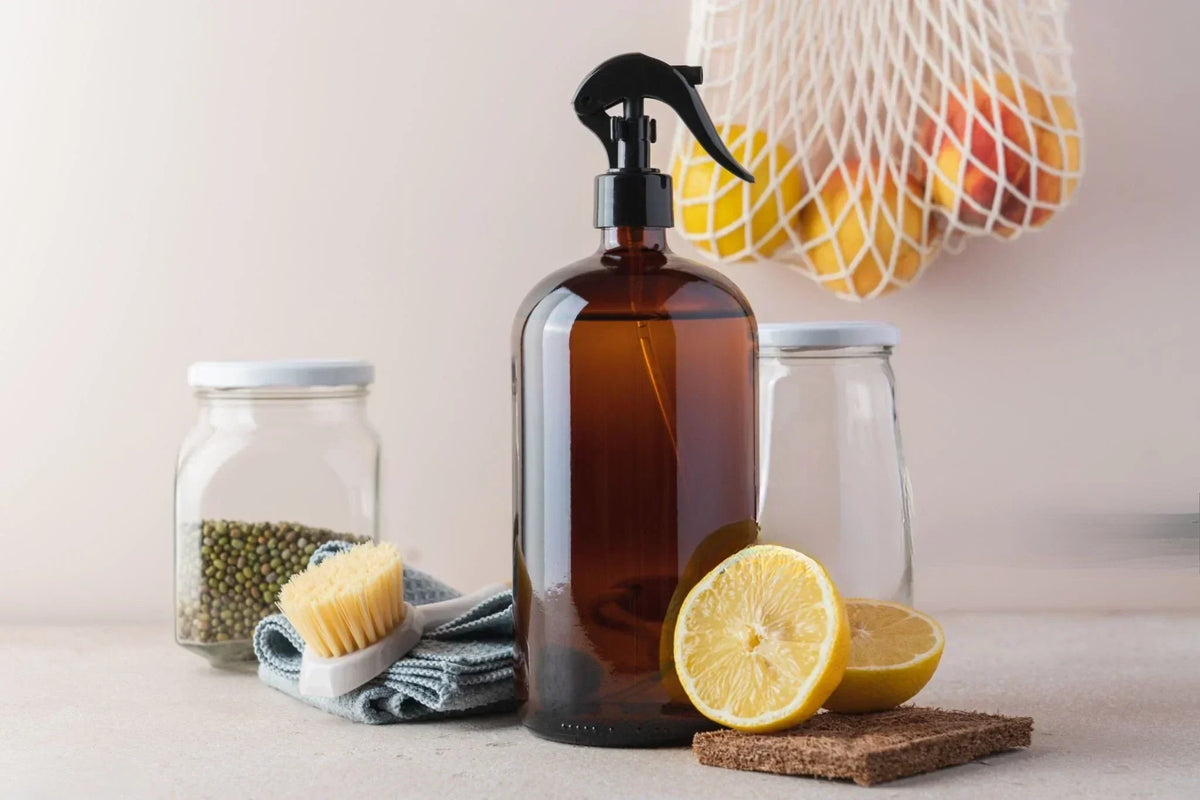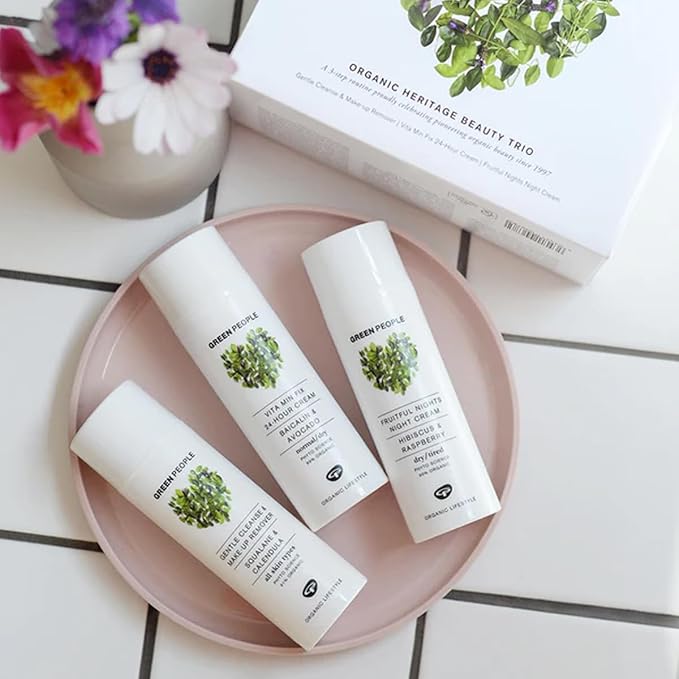Creating your own eco-friendly skincare line is not just a trend it’s a chance to align beauty with sustainability. This Friendly Turtle EcoBlog guide explores how simple, conscious choiceslike using plant-based, traceable ingredients and minimal, effective formulations can reduce environmental impact without compromising quality. Discover how sustainable packaging, from glass jars to refillable containers, can reflect your values before the product is even opened. Choosing ethical manufacturing partners and understanding regulatory essentials also strengthens your brand’s integrity. With tools like NISHA for custom formulation and a focus on authenticity over buzzwords, this article shows that you don’t need a lab or a big budget to start just clarity, intention, and a genuine commitment to the planet. Whether you're testing a concept or preparing to launch, every small, thoughtful step builds a more responsible beauty future.
Share your articles with us and get published! Reach out at hello@friendlyturtle.com.
Green Cleaning With Essential Oils: Recipes For A Toxin-Free Home

Switching to green cleaning solutions is a simple yet impactful way to create a healthier home environment while reducing your ecological footprint.
Essential oils, with their natural antibacterial, antifungal, and antiviral properties, provide an effective alternative to harsh chemical cleaners.
Whether you're tackling tough grime or freshening up surfaces, these essential oil recipes will help you maintain a clean and toxin-free home.
Why Choose Green Cleaning?
Traditional cleaning products often contain harmful chemicals that can irritate the skin, eyes, and respiratory system. They may also contribute to indoor air pollution and environmental harm.
Green cleaning with essential oils offers a safer, eco-friendly solution that’s equally effective. Essential oils like tea tree, lemon, and lavender not only clean but also leave your home smelling naturally fresh.
Essential Oils For Cleaning
Before diving into recipes, it’s helpful to know which essential oils work best for cleaning:
- Tea Tree Oil: A powerful disinfectant that combats bacteria, fungi, and viruses.
- Lemon Oil: Excellent for cutting grease and leaving surfaces sparkling.
- Lavender Oil: Antibacterial with a calming scent.
- Eucalyptus Oil: Effective against germs and great for deodorizing.
- Peppermint Oil: Antimicrobial and refreshing.
- Orange Oil: Cuts through grease and works as a natural wood polish.
These oils can be combined with simple household ingredients like vinegar, baking soda, and Castile soap to create versatile cleaning solutions.
DIY Green Cleaning Recipes
1. All-Purpose Cleaner
This cleaner works well on countertops, tables, and other hard surfaces.
Ingredients:
- 2 cups distilled water
- 1/2 cup white vinegar
- 20 drops tea tree oil
- 10 drops lemon oil
Instructions:
1. Combine all ingredients in a spray bottle.
2. Shake well before each use.
3. Spray onto surfaces and wipe clean with a cloth.
Tip: Avoid using vinegar-based cleaners on natural stone surfaces like granite or marble.
2. Glass Cleaner
Achieve streak-free windows and mirrors with this natural recipe.
Ingredients:
- 1 cup distilled water
- 1/4 cup rubbing alcohol
- 10 drops lavender oil
- 10 drops lemon oil
Instructions:
1. Mix all ingredients in a spray bottle.
2. Shake gently to combine.
3. Spray onto glass surfaces and wipe with a microfiber cloth.
3. Bathroom Scrub
Tackle soap scum and grime in sinks, tubs, and tiles.
Ingredients:
- 1 cup baking soda
- 1/4 cup Castile soap
- 15 drops eucalyptus oil
- 10 drops tea tree oil
Instructions:
1. Combine baking soda and Castile soap to form a paste.
2. Add essential oils and mix thoroughly.
3. Apply the paste to surfaces using a sponge or brush.
4. Scrub gently and rinse with warm water.
4. Floor Cleaner
Safe for hardwood, tile, or laminate floors.
Ingredients:
- 1 gallon warm water
- 1/4 cup white vinegar
- 15 drops peppermint oil
- 10 drops orange oil
Instructions:
1. Mix all ingredients in a bucket.
2. Use a mop or cloth to clean floors.
3. Allow the floor to air dry.
Note: Test on an inconspicuous area first if using on wood floors.
5. Natural Air Freshener
Eliminate odors without synthetic fragrances.
Ingredients:
- 1 cup distilled water
- 2 tablespoons witch hazel or vodka
- 15 drops lavender oil
- 10 drops orange oil
Instructions:
1. Add all ingredients to a small spray bottle.
2. Shake well before spraying into the air or onto fabrics.
Green Cleaning Tips
1. Use Reusable Materials: Swap disposable wipes for washable microfiber cloths or old cotton rags.
2. Store Safely: Keep homemade cleaners in labeled glass bottles away from direct sunlight to preserve the potency of essential oils.
3. Patch Test Surfaces: Always test new recipes on a small area before applying them widely.
4. Dilution Matters: Essential oils are highly concentrated; use them sparingly to avoid overpowering scents or skin irritation.
Benefits of Green Cleaning
By including these recipes into your routine, you’ll notice several benefits:
- Improved indoor air quality without synthetic fragrances or volatile organic compounds (VOCs).
- Cost savings by replacing multiple store-bought products with simple DIY solutions.
- Reduced environmental impact by minimizing plastic waste and chemical runoff.
Switching to green cleaning with essential oils is an easy step toward creating a healthier home for your family while being kinder to the planet.
These recipes offer practical ways to clean every corner of your house without relying on toxic chemicals—making your home safer, fresher, and more sustainable!
0 comments
Let customers speak for us
Blog posts
Planning an eco-friendly garden doesn’t require vast land or expensive materials just smart choices and the right tools. On Friendly Turtle’s EcoBlog, we explore how digital tools like GardenBox 3D help visualise layouts, test sustainable planting schemes, and reduce resource waste. By understanding your microclimate, choosing native plants, and using compost and recycled materials, you can build a self-sustaining garden that supports biodiversity and thrives over time. Rainwater harvesting, natural mulching, and zone planning help reduce water use and effort. Even the smallest garden can be transformed into a low-maintenance, eco-conscious space that benefits you and the planet. With careful preparation and thoughtful design, your outdoor area becomes not only greener but also more enjoyable, season after season.
At Friendly Turtle EcoBlog, we explore how enhanced subsea pipeline inspection is transforming ocean safety. With offshore oil and gas infrastructure expanding, ensuring pipeline integrity is crucial. Many pipelines are now unpiggable, requiring specialised external inspection methods powered by advanced technologies like ultrasonic systems and predictive modelling. These innovations reduce risks, protect marine ecosystems, and limit human exposure to harsh ocean environments. Improved reporting and global data sharing have also helped prevent accidents and foster safer working conditions. Embracing such sustainable practices in subsea maintenance not only safeguards lives but supports long-term environmental responsibility.



